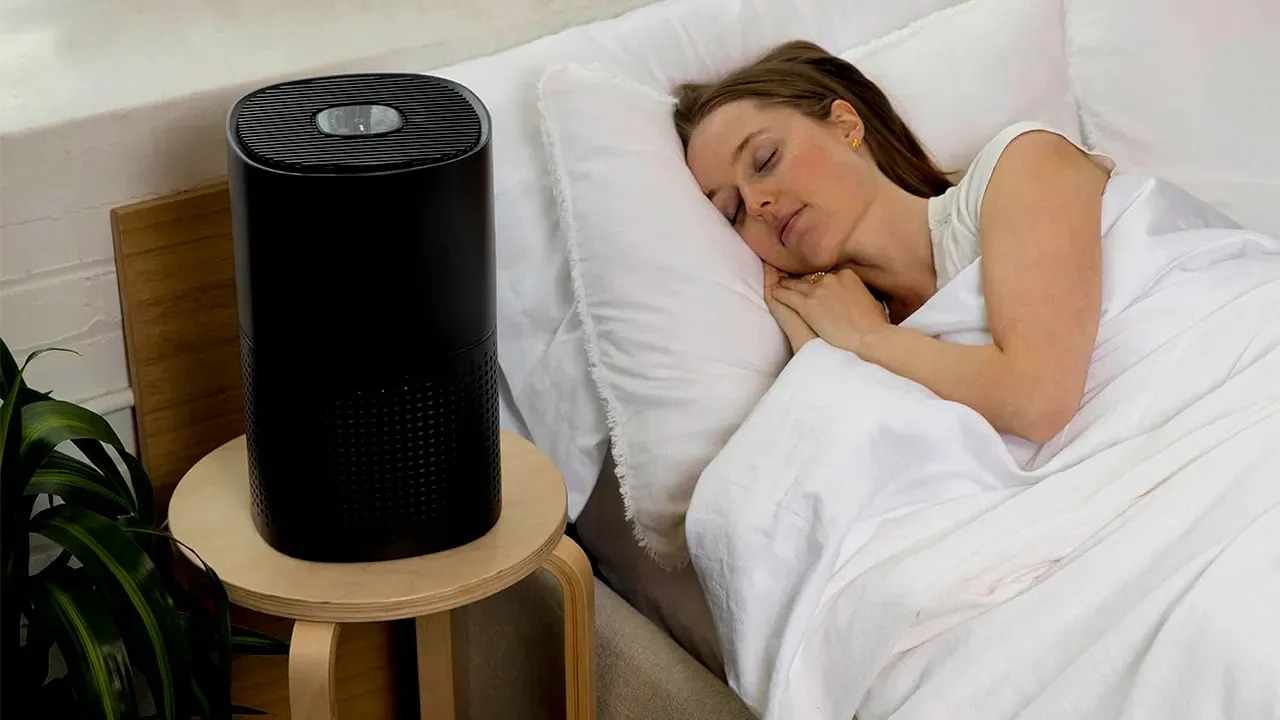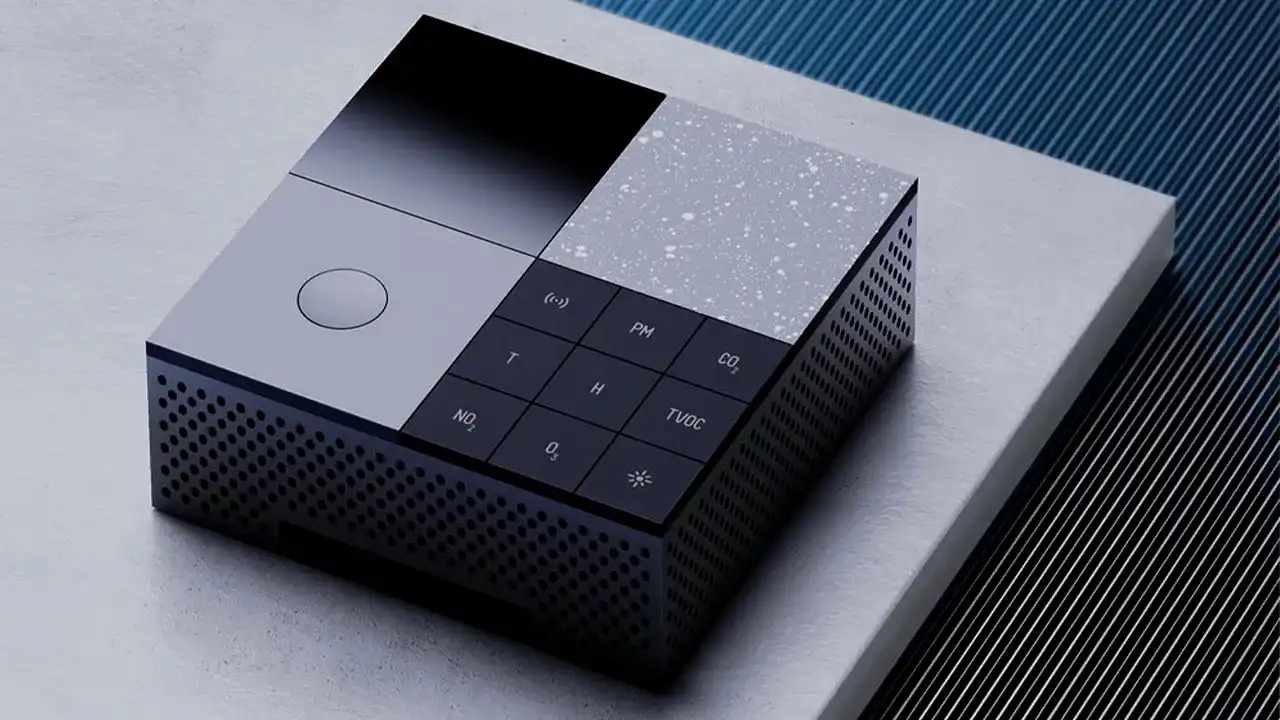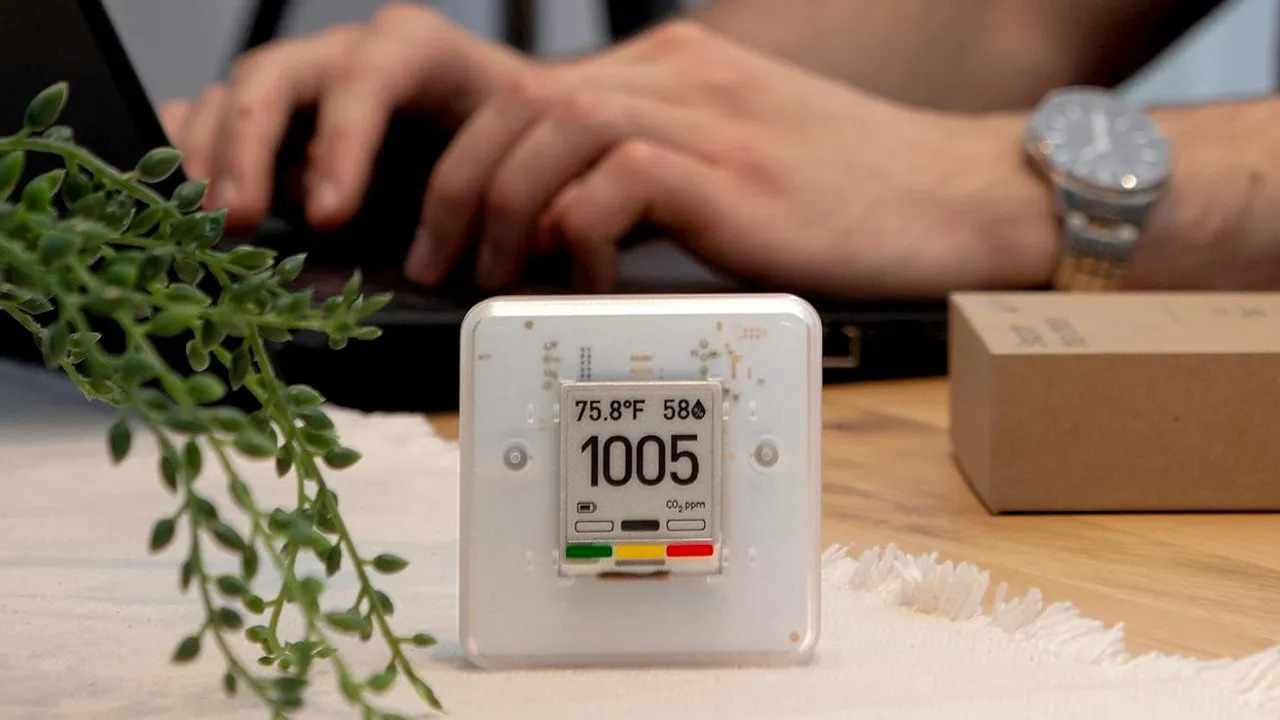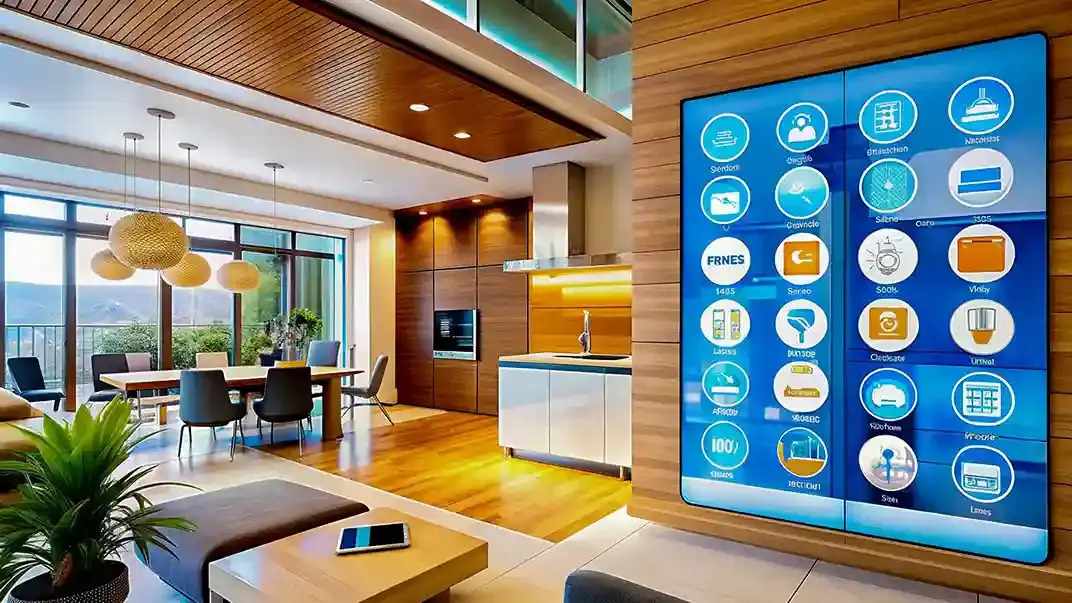
After a long day, you come home expecting comfort—but the air you breathe indoors might actually be more polluted than what’s outside. Shocking, right? In fact, studies show indoor air can be 2–5x, and sometimes up to 100x more polluted than outdoor air. With 90% of our time spent inside, IAQ isn’t just a wellness trend—it’s a health necessity.
What Is Indoor Air Quality (IAQ)?
Indoor Air Quality refers to the condition of the air inside your home—its cleanliness, humidity, temperature, and pollutant levels. It affects how you feel, breathe, and function daily. Poor IAQ can cause:
Headaches, fatigue, dizziness
Allergic reactions and respiratory issues
Long-term diseases like asthma, heart conditions, and cancer
The Hidden Pollutants in Your Home
Your home may look spotless, but it could still be full of invisible threats:
PM2.5: Tiny airborne particles from cooking, candles, and pollution
VOCs: Harmful gases from furniture, paint, and cleaning products
CO₂: Can cause drowsiness and cognitive fog when ventilation is poor
Radon, carbon monoxide, mold, bacteria, dust mites: All serious health hazards
Even short exposure to PM2.5 can increase heart attack risk by 48%. High CO₂ levels can cut brain performance dramatically.
IAQ and Your Brain: Boosting Productivity & Clarity
Good air isn’t just about avoiding illness—it’s about functioning at your best. Studies from Harvard found that people working in well-ventilated rooms scored 61% higher on cognitive tests. Every 400 ppm rise in CO₂ drops brain function by up to 15%. For remote workers, students, or creatives, this is game-changing.
Enter the Smart Home: IAQ Monitoring Meets Automation
Smart homes are no longer just about convenience—they're evolving into wellness hubs. Here's how modern tech is transforming the air you breathe.
Real-Time Air Monitoring
Devices like uHoo and Airthings track up to 9 pollutants, giving you instant, app-based updates on VOCs, CO₂, PM2.5, humidity, temperature, radon, and more.
Smart HVAC Integration
Pair IAQ monitors with smart thermostats (like Nest or Ecobee) to auto-adjust ventilation, trigger purifiers when allergens spike, or increase airflow when cooking or cleaning releases VOCs.
Automated Alerts and Control
IAQ systems can turn on purifiers automatically, notify you when to ventilate or change filters, adjust humidity to stop mold growth, and even learn your routines to prevent issues before they start.
Real Benefits of Smart IAQ Monitoring
Healthier Mind and Body: Reduces risk of asthma, fatigue, memory loss, and even stroke.
Early Warning: Detects mold, gas leaks, or poor ventilation before it’s dangerous.
Total Control: Lets you tailor air settings to each room or family member’s needs.
Energy + Health Efficiency: Saves 15–30% on energy while improving IAQ.
Smarter Living: AI anticipates problems and reacts without user input.
Popular Smart IAQ Devices Worth Trying
Smart Monitors: uHoo, Awair, Airthings Wave Plus
Smart Air Purifiers: Dyson Pure Cool, Molekule, Coway
Smart Thermostats: Ecobee, Nest (with built-in IAQ sensors)
These devices are connected, voice-controlled, and proactive—protecting your family silently and efficiently.
Final Thoughts: IAQ Is Now Non-Negotiable
With the indoor air quality market expected to reach $12.9B by 2029, smart IAQ systems are no longer “nice-to-have”—they’re essential.
In an age where your home is also your office, gym, and school, the air inside directly affects your health, focus, and productivity. Investing in smart IAQ tech pays off in peace of mind, reduced health risks, and smarter energy use.
Quick Takeaway Checklist
Install a smart air monitor
Integrate it with HVAC and purifiers
Set real-time alerts and automation
Monitor trends and adjust habits
Breathe cleaner, live smarter
Read the full in-depth guide here: What Is Indoor Air Quality (IAQ) and Why Smart Homes Are Taking It Seriously






Write a comment ...